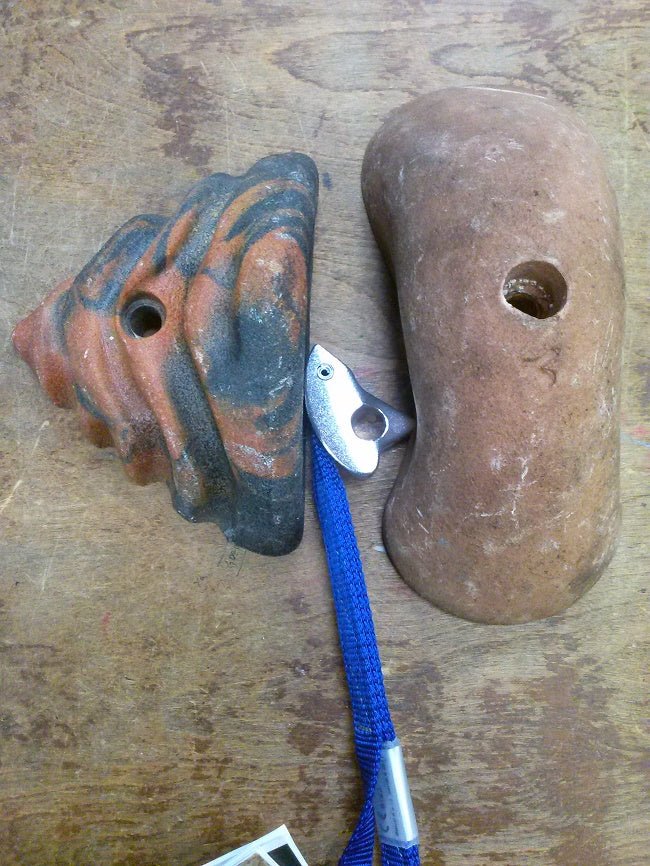
Gear Review: Camp Evo Tricam
--Product Information--
Product Name: Evo Tricam
Product Brand: Camp
Best Use: Trad climbing (tricky placements)
Size / Specs: 17cm, 113 grams
Color: Grey
--Test Information--
Location of Test: Washington, Oregon, & California
Duration: 1 year
--Ratings--
Value Rating: 8
Durability Rating: 9
Overall Rating: 9
The Camp Tricam is an essential piece of protection, whether you’re an experienced trad climber or just building top rope anchors. It can be placed both passively or actively, comes in a wide range of sizes, and costs less than half standard cam prices. Don’t overlook this pivotal piece of gear.
What really makes the Tricam genius is it’s simplicity. At its core, the Tricam is just a funny-shaped nut at the end of a strip of webbing. There are no mechanical components, just a sling that pivots around a small rod at the base of the Tricam’s head.
The head of the tricam is designed in such a way that it folds over the sling and cams itself into place. As the sling is weighted it pulls down on the top of the head first, lodging it tighter into position. Keep in mind that there’s no constant pressure holding the piece in place like the spring-loaded lobes of a Camalot, so make sure the Tricam is placed snugly in the rock to prevent it walking out of place. I highly recommend using long runners to reduce the impact of rope drag.
Alternatively, the Tricam can be placed passively just like any other nut. Find a constriction in the crack and slide the tricam right down on top of it. Tricams often fit where classic nuts do not, since it requires three small points of contact with the rock instead of two wide points of contact.
The webbing sling on tricams allows them to be placed where nothing else could. The webbing can be bent over the edge of horizontal cracks of the lip of small pockets without serious risk. Being flexible around funny edges also makes this piece essential for building trad anchors, where funny directions of force are often unavoidable.
This added flexibility is the Tricam’s strength, but also its weakness. The floppy stem and loose attachment to the head mean that that Tricam takes longer to place than most other gear. The webbing also makes it a little trickier to rack than nuts or cams: I recommend the biggest oval carabiner your have.
The newly updated Tricam Evo has two added features: first, the head is tapered on the sides so it can now be placed lengthwise in passive mode. I wouldn't consider this an essential attribute but it sure is nice when you’re starting to slip and don’t have time to reach for another piece of gear. Second, the Evo has a stiffer, reinforced sling that makes for easier one-handed placements and increased durability. More life out of my soft goods? Yes, please.
The Good: Tricams fit where nothing else does, and they don’t break the bank.
The Not So Good: They can take some extra time to place until you get the hang of it.
The Bottom Line: If you climb trad, tricams will save your bacon.


